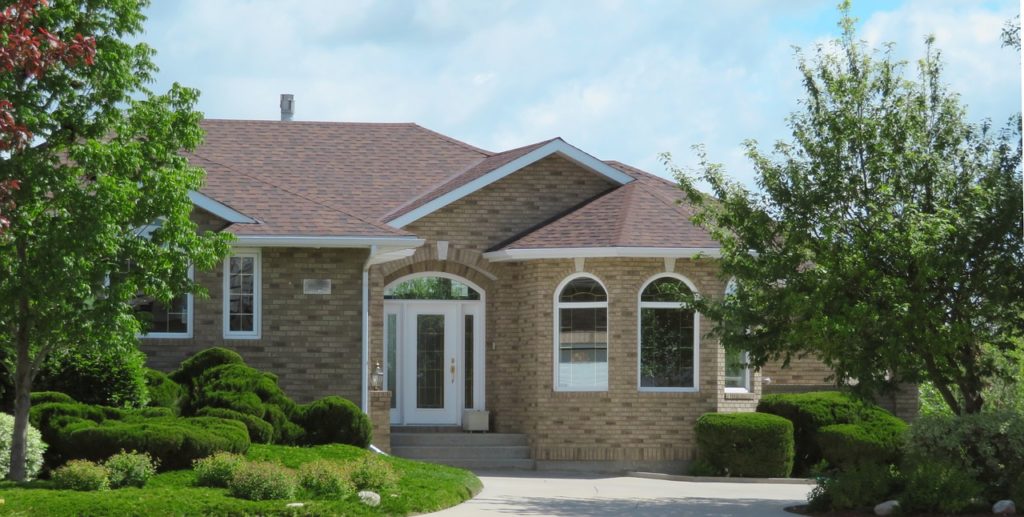Shopping for a mortgage can be one of the most stressful experiences in a person’s life. Because of this stress, many people balk at the idea of refinancing and having to go through the entire process all over again. At the same time, under certain circumstances, refinancing a home can make a lot of sense. By refinancing, individuals can achieve a significantly lower monthly payment, which frees up more money for them to invest elsewhere, or they can pay off their homes sooner and become debt-free. Knowing when a refinance makes the most sense, however, can be difficult because so many different factors come into play.

The basic rule of thumb used to consider a refinance is the breakeven analysis. This approach involves figuring out how long it will take to recoup the closing costs of the refinance. Ideally, the breakeven point should be within two years. Someone who faces $3,000 in refinance costs to reduce a monthly payment by $150 will break even in 20 months. The refinance will therefore only make sense if the homeowner plans to keep the loan for significantly longer than 20 months. However, the breakeven analysis may be too simplistic for many homeowners. In addition, people need to think about their motivations for refinancing, which could include:
-
Converting an adjustable-rate mortgage to a fixed-rate mortgage, or vice versa.
Because adjustable-rate mortgages (ARMs) typically start out with lower rates than fixed-rate options, many people choose them. However, periodic adjustments can result in a rate that is ultimately much higher than the fixed-rate options. Converting to a fixed-rate mortgage at this point can yield a lower rate while preventing any further anxiety about rate hikes.
When interest rates are falling, homeowners may want to do the opposite. Converting to an ARM can take advantage of the market and result in smaller monthly payments without the need to refinance as the rate drops. However, people will encounter problems once the rates begin to rise once again. For that reason, this strategy is best for people who plan to keep the loan for only a few years. An exit strategy makes the uncertainty of an ARM less stressful.
-
Shortening the term of a loan.
As interest rates fall, homeowners have the opportunity to pay off their loan in a shorter amount of time without any significant change to their monthly payment. For example, refinancing a mortgage on a $100,000 home to decrease a 9 percent interest rate to 5.5 percent can cut a 30-year fixed-rate mortgage in half while only increasing the monthly payment by about $13. In these situations, it’s important for people to crunch the numbers carefully to make sure they don’t end up paying more money in the long run.
-
Cashing in on lower interest rates.
Many people begin investigating refinance options when they see that interest rates have fallen significantly below the rate they currently have on a fixed-interest loan. Not long ago, most professionals recommended refinancing if it would reduce the person’s interest rate by 2 percent or more, but lenders today often say that a 1-percent reduction is worth it. A lower interest rate saves money while also increasing the rate at which people build equity in their homes.

In this scenario, it is important to think about the cost of the refinance, which can easily be thousands of dollars. It’s possible to roll the closing costs into the balance or accept a higher mortgage rate in exchange for the lender paying these costs, but this strategy could ultimately mean not saving much money.
-
Tapping into home equity.
Some individuals choose to refinance so that they can capitalize on the home equity they have already amassed. Tapping into home equity can help people cover big-ticket expenses ranging from college tuition to home remodels. People may go with this option because mortgages have lower interest rates than student loans and come with tax deductions, or because remodeling typically adds value and thus more equity to the home. However, increasing the number of years owed on a mortgage has long-term financial ramifications that cannot be ignored.
People may also tap into home equity as a way of consolidating debt. In many ways, replacing high-interest credit card debt with a low-interest mortgage will save a lot of cash, but it’s important to be careful not to end up in a similar situation in a few years. If the credit card debt builds up once again, then refinancing is actually a loss once the fees are added in, not to mention the loss in equity.
The other consideration when refinancing to consolidate debt is the fact that a previously unsecured debt now becomes a secured one. If someone doesn’t have the money to pay a credit card bill, they will likely receive calls and letters from debt collectors. On the other hand, missing several mortgage payments means losing the home altogether.

